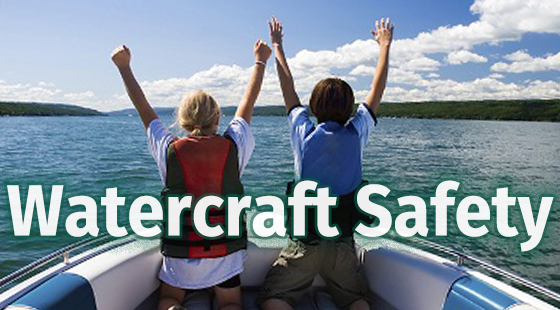In February 2024, as part of the On Pettaquamscutt speaker series, Nick Ernst, Wildlife Biologist, U.S. Fish & Wildlife Service, and Ben Gaspar, Restoration Ecologist at Save the Bay, provided an important update on efforts to stave off the threats from sea level rise to salt marshes in the watershed.

Throughout the project, volunteers plant 30,000 seedlings to help protect the marsh from sea level rise.
In 2019, thanks to a wonderful volunteer effort, we planted 30,000 salt marsh grass seedlings along Narrow River!
The salt marsh restoration plan in Lower Narrow River has been a collaborative effort among USFWS, The Coastal Resources Management Council, The Nature Conservancy, Save the Bay, the Town of Narragansett and NRPA. This multi-year project aims to protect the salt marshes from sea level rise.

FREQUENTLY ASKED QUESTIONS ABOUT SALT MARSH GRASS PLANTING

Question: What should I wear?
Answer: Planting will be messy, so please wear boots or shoes and clothes that can get wet.
Q: How will I know what to do?
A: US Fish and Wildlife Staff will meet you on site and teach you how to plant.
Q: Can I bring my children?
A: YES! Kids are welcome to come as long as you are there to supervise them. Planting on Sedge Island is restricted to ages 16 and up.
Q: Are there rest rooms on site?
A: Unfortunately, no. Please plan accordingly.
Q: Will it be cold? What about rain?
A: Since the planting will be out on the marsh, we will be in the elements. Please dress comfortably and with the weather in mind. If the weather is terrible, we will postpone. Check your email for notices.
Q: Where do I go?
A: Those planting at Middlebridge will meet at Middlebridge, 95 Middlebridge Road in Narragansett. Please park on the grass past the cottages and then meet your leader across the street at Narrow River Kayaks. You’ll walk across Narrow River Kayaks with your leader to get to the marsh.
For those planting at Sprague Bridge, please meet at the Northwest corner of Sprague Bridge (roughly 292 Boston Neck Road, Narragansett). Parking for a few cars is available.
Volunteers planting on Sedge Island will park at Sprague Bridge and take a US Fish and Wildlife boat from the Sprague Bridge kayak ramp to the island to plant.
Q: I have a group that wants to volunteer. Can we work together?
A: Yes! We welcome groups. Please choose a session above and let us know in your online form how many are in your group. If you don’t see a session above that will work for your schedule, please email us at nrpa@narrowriver.org and we’ll work with you to find a convenient time and date.
Q: Why are we doing this?
A: This winter, The US Fish and Wildlife Service dredged some of the area under water in lower Narrow River and using a process called ‘thin layer deposition’, spread several inches of the dredged material onto salt marshes that had been under water too frequently to support the marsh grasses. This raised the marsh elevation a few inches. Now that they have been raised, we must plant salt marsh grasses to restore the area.
We’ll be planting two different kinds of salt marsh grasses, both native to the planting area.
The project is a continuation of a project that started a few years ago, including a similar planting project in May and June 2017. Read all about the project here.









 Many volunteers expressed their appreciation for the opportunity to be a part of the restoration and health of the salt marshes. The collaboration of NRPA and USFWS for this stage of the project was a continuation of the cooperative joint effort of many entities throughout the restoration project, which included participation from Save the Bay, the Town of Narragansett, and the RI Coastal Resources Management Council. Over the next few years, USFWS will be monitoring the restored marshes and reporting on the longterm success of the project.
Many volunteers expressed their appreciation for the opportunity to be a part of the restoration and health of the salt marshes. The collaboration of NRPA and USFWS for this stage of the project was a continuation of the cooperative joint effort of many entities throughout the restoration project, which included participation from Save the Bay, the Town of Narragansett, and the RI Coastal Resources Management Council. Over the next few years, USFWS will be monitoring the restored marshes and reporting on the longterm success of the project.







